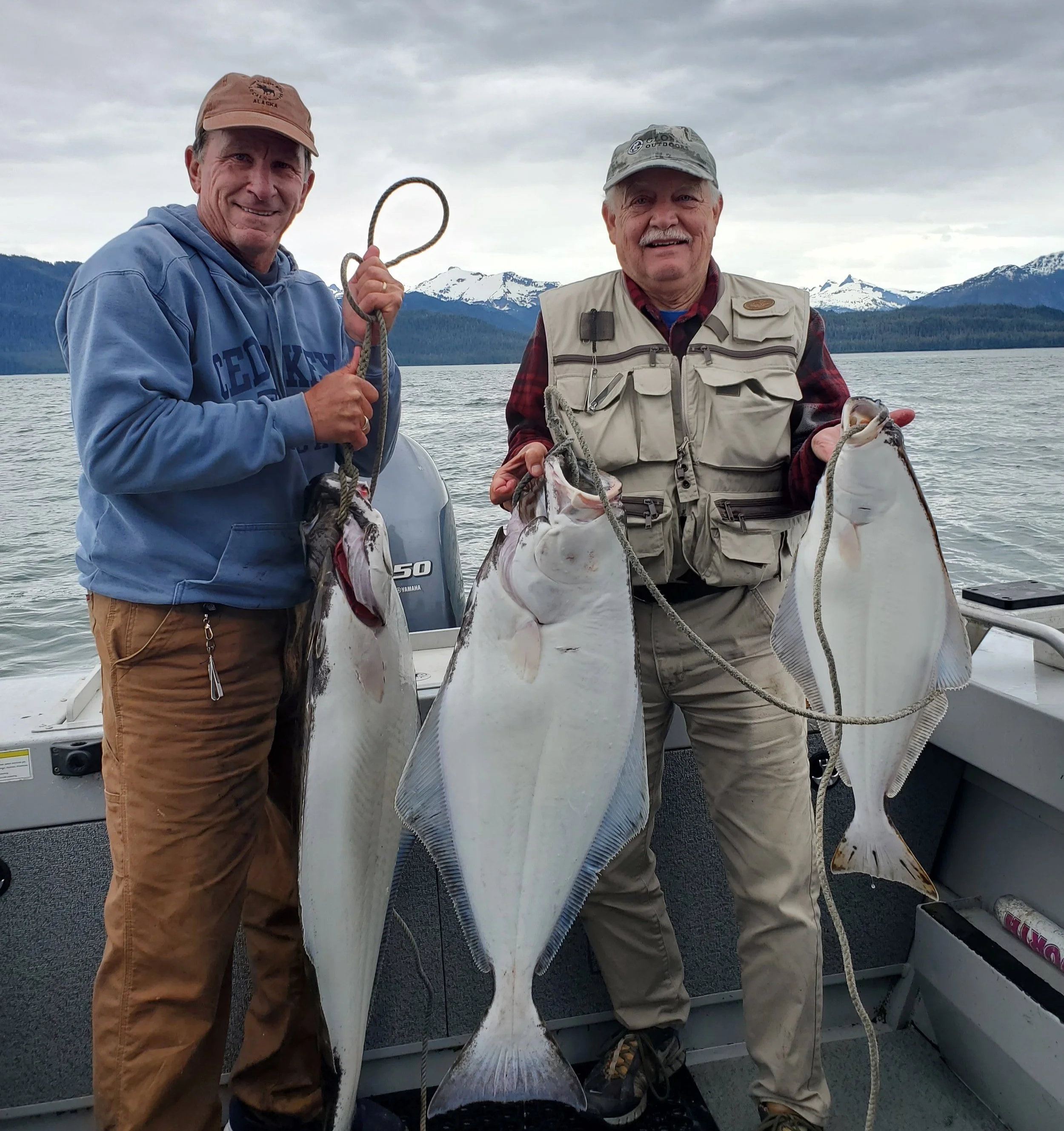The Wild Side of Central Florida - Tosohatchee WMA
By: John Kumiski
Orlando, Florida. It's the world's number one tourist destination. Most of the visitors come to see Disney World, Universal Studios, Sea World. Theme parks. Artificial attractions.
Powerline Road, the most direct route to the St, Johns River, offers excellent wildlife viewing.
We have better places here, natural attractions. One of them is the Tosohatchee Wildlife Management Area. Over 30,000 undeveloped acres, 19 miles of frontage on the St. Johns River, less than an hour's drive from Orlando International Airport. Oh, yes, there is fishing here.
One dry year, the St. Johns River was exceptionally low. We'd go to Tosohatchee and drive down Powerline Road to the river, then walk upstream a mile or two. We would fly fish our way back, hitting all the deeper holes, using small streamer flies. Those holes were loaded with fish- bass, sunfish, channel cats, tilapia. All took our flies. Bass and sunfish commonly take flies. Catfish and tilapia, not so much. But that year they did, frequently. It was awesome.
There are a couple ponds on the property, too, old borrow pits where fill was removed for the construction of the Beachline Highway. The pits filled with water and became fish (and alligator) habitat. The fish and wildlife commission biologists electroshock these ponds regularly. They contain healthy fish populations! One pond, Lake Charlie, has shoreline fishing available, even a small dock. A non-combustion-powered boat comes in handy here, and is the only way to fish the other pond.
A fat bass from Lake Charlie.
When Susan and I first moved to Florida, we went fishing on Lake Charlie one day, using my canoe to get out onto the pond. An alligator came out to check us out. Then another. And another. Soon we had a dozen gators surrounding us. Susan was fretful enough that the expedition was called, even though I'd caught a couple fish.
During my recent visits, nothing like that happened. Perhaps the reptiles got used to seeing boats.
The Florida Trail runs through Tosohatchee.
Ten miles of the Florida National Scenic Trail comes through Tosohatchee. There are 50 miles of other trails, too. Like many Florida trails, Tosohatchee trails tend to be wet if it's been rainy. Be prepared for that.
If trails are too civilized for you, you can bushwhack through the woods. Tosohatchee has virgin cypress trees that are way off the beaten path. If you want to hug one of these ancient trees, you need to get off the path and wander towards Jim Creek, where the behemoths live.
Rodney Smith and I did this not too long ago. The day was spectacular. The songbirds were singing, the hawks screaming, the owls hooting. Butterflies flitted hither and yon. The creek's surface offered surreal reflections of the cypresses. It was very, very cool.
It got better when the otter showed up.
The otter was extremely curious about us, swimming back and forth in front of us ten or twelve feet away. It climbed out onto the bank, the better to examine us. Then it would go swim around again, catch and eat a bluegill, then check us out again. Most extraordinary!
We watched each other for nearly an hour, while I cursed myself for not having the right lens for my camera. Compared to getting to watch the otter, that was a minor problem. We came to find the big cypress trees, so eventually left the otter behind and went looking for the trees again.
Rodney Smith pays his respects to an old-growth cypress tree.
We only found one of the trees, but we paid our respects by hugging it. There was no way for us to know how old it was, but it was certainly there when Columbus landed. If they can avoid the axe and saw, cypresses live a long time.
The wild turkey hens walked by as I was fishing in the St. Johns River.
Besides otters and birds, lots of other wildlife make Tosohatchee their home. White-tailed deer, feral hogs, turkeys, bobcats, foxes, and plenty of smaller critters can all be seen here. The WMA has a hunting season in the fall, and while it's open to other visitors then, those visitors would be wise to wear blaze orange when strolling through the woods.
Tosohatchee is a popular spot for birders and those interested in botany. Spring brings a wealth of blooming wildflowers, attracting bees and butterflies. Many varieties of ferns, bromeliads and orchids flourish. Visitors will find a self-guided wildflower tour here.
If a visitor just wants to survey the area without paddling or hiking, a loop road of about 15 miles allows wildlife and wildflower observation from the comfort of the car. The road is dirt, so a sports car is perhaps not the best choice for this. I use my two-wheel drive Toyota Sienna, not exactly an all-terrain vehicle, to make this drive. It handles the road here quite well.
Redwing blackbird along the St. Johns River.
There's history here, too. Native people once made their living along the St. Johns River. After Europeans arrived, cattle were (and still are) raised here. Seminole Indian war battles happened here. Before the state acquired the property, it was a private hunt club.
For more information about Tosohatchee, visit their website. It’s easy to get to from Orlando. When you get sick of the theme parks, Tosohatchee a great option for seeing the real Florida.
Have you done something interesting outdoors? Join Global Outdoors and write a review to tell everyone about it! We’re building the home for trusted reviews of outdoor experiences, outfitters, and guides.








